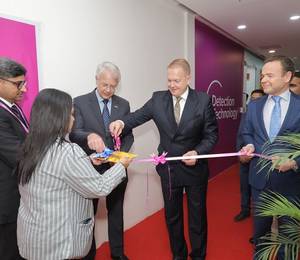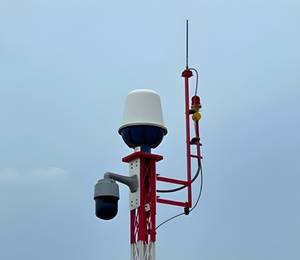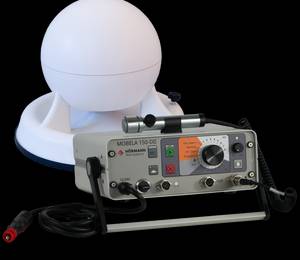The first wave of border automation was e-Gates. But we now need to examine what the second wave can deliver – for governments and their stakeholders; port and airport operators, airlines and transport providers, and, of course, passengers themselves.
That’s why the focus would be placed on what we call ‘Border Automation 2.0.’ What we’re already seeing is a distinct shift towards ‘automated risk assessment’ and ‘automated targeting’. This could form a vital part of the second wave of border automation.
Analyzing And Risk-Assessing Data
SITA, is already pretty well known for our ability to move passenger data securely between airlines, airports and governments. What SITA is perhaps less well known for, in some circles, is the ability to analyze and risk-assess that data.
Aid is given to governments create an ‘automated risk assessment’ capability, by being smart about how data is linked together. That includes e-passport data, Advance Passenger Information (and its interactive iAPI form, Passenger Name Record data) and biometrics.
Such an approach enables robust risk assessments to be conducted before the passenger travels, and certainly before they arrive in a country. It creates populations of pre-cleared travellers, and pre-load border systems, including e-Gates with verified identities of passengers who’ve been risk-assessed. These passengers will now benefit from a fast track experience when they arrive at the border.
Is There A Danger Automation Could Be Misused?
No single system or process is 100% secure. That’s why the importance of taking a layered approach to improving border security, using a combination of people, processes and technology is advocated.
The reality is there’s enough time to automate checks and risk assessments well before a passenger arrives in a country. It’s a question of making sure the right data is available in the right place at the right time. And then making sure related business processes, such as issuing an electronic visa or travel authorization, are aligned to provide a complete picture of each passenger and the risk they pose.
In the future, we may have ‘automated identity verification’ using a variety of self-service options, including kiosks, mobile apps and, of course, e-Gates. And technology, particularly data analytics augmented by machine learning, will automatically identify suspicious patterns of behaviour and automatically select passengers for secondary screening – i.e. those security needs to talk to when they arrive at the border.
A More Seamless Future At The Border
In years to come, automated arrivals processes will be less visible and more seamless, resulting in passengers arriving in a country and walking non-stop from the aircraft gate to the baggage hall and out to the kerb. There will, of course, always be opportunities for law enforcement and other government stakeholders to intervene during the arrivals process.
There is a possibility that self-service kiosks are more likely to have a future than eGates. Today, self-service kiosks for the border are typically located in restricted (and supervised) areas of a port or airport. Tomorrow, they could be in unsupervised locations in hotel lobbies, conference centers or shopping malls.
What will be important is the integrity of the business process and the ability to build an ‘identity picture’ having verified passenger data and identity information, no matter where the kiosk is located. This ‘identity picture’ can be re-used multiple times for many other steps in the passenger journey.
What About Border Automation And The European Entry/Exit System?
The European Entry Exit System (EES) paves the way for that all-important second wave of border automation. When deployed in about two years’ time, it will transform the border control process.
Currently, every non-EU passenger, known as a Third Country National (TCN), must be processed by a Border Control Officer and have their passport physically stamped upon arrival. But Europe faces a challenge in mitigating the risk of irregular migration, typically in the form of non-EU nationals lawfully arriving in Europe but then overstaying.
From 2021 onwards, once EES is operational with every EU Member State connected to it, it will no longer be necessary to physically stamp the passports of TCNs. Stamping will be digitized. Every arriving passenger will have their information, including biometrics, recorded in a central system. This will be complemented by the date, time and location of their arrival. Records stored in the central system will be accessible to all EU Member States.
So, when a passenger arrives in Country X and departs from Country Y, data can be reconciled, and records updated to indicate a passenger has left the EU. Conversely, when a passenger does not leave Europe, an automated process will update their record and share relevant information to assist in locating the passenger.
What’s important here is to perform a variety of checks on other key systems, such as the Schengen Information System (SIS) and the European Asylum Database (EURODAC), and combine identity data with flight data, booking information, arrival dates and times etc.
Delivering The Second Wave Of Border Automation
What has been learnt from managing borders in dozens of countries, including the Middle East and our work with US Customs & Border Protection (CBP). That is the what is necessary to bring to the government customers looking to automate key functions at the border, no matter whether that be land, sea or air.












